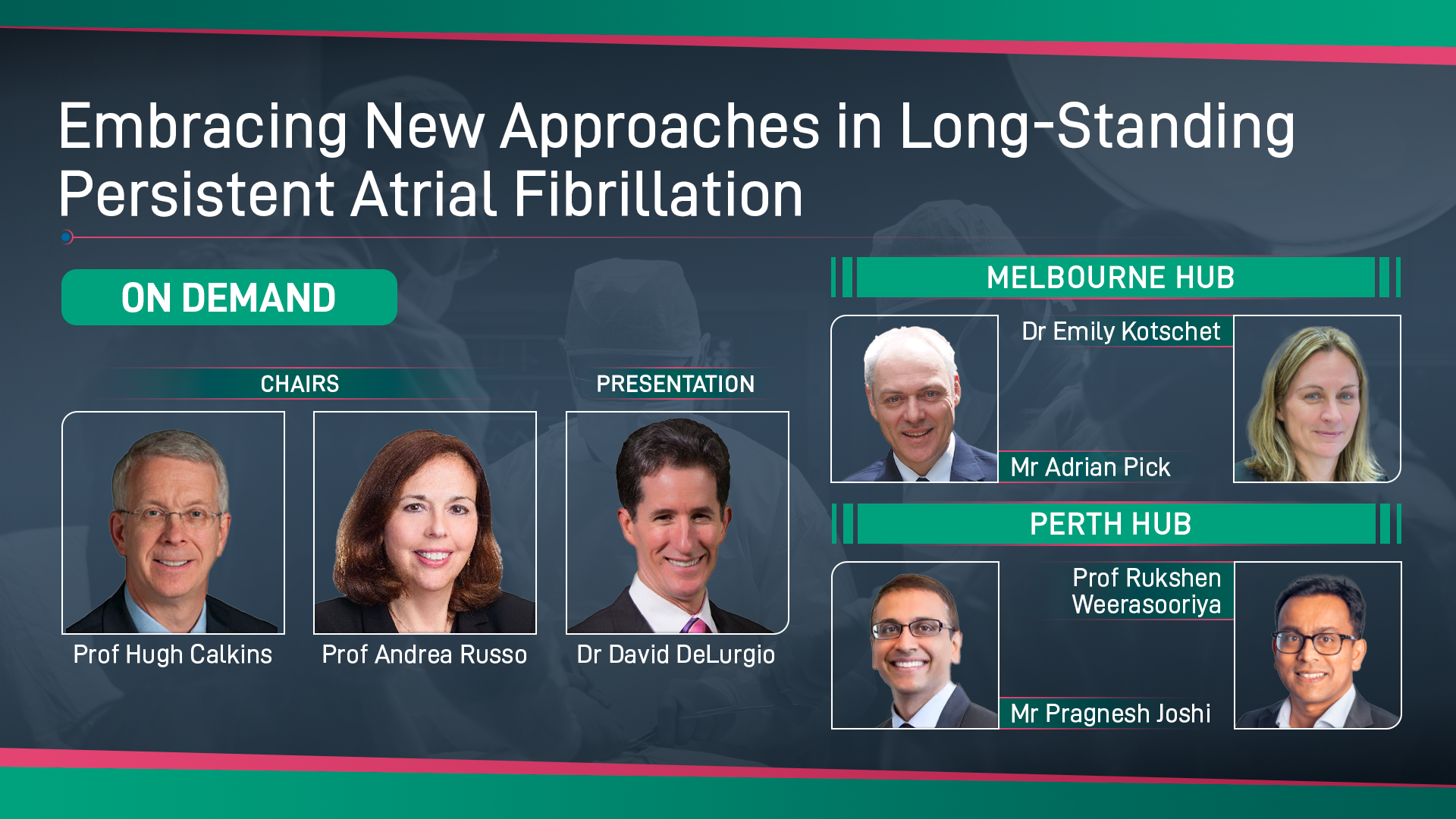Embracing New Approaches in Long-Standing Persistent Atrial Fibrillation
Published: 04 August 2022
-
Views:
 843
843
-
Likes:
 7
7
-
Views:
 843
843
-
Likes:
 7
7
Overview
This on-demand version of the live broadcast aims to highlight the benefits of a hybrid management approach for minimally invasive procedures.
In non-paroxysmal atrial fibrillation (AF), where modification of the atrial arrhythmogenic substrate is required, catheter-based ablation using a transvenous, endocardial approach is commonly used but there is growing evidence for a hybrid approach to improve patient outcomes. Research suggests that an integrated approach involving both electrophysiologists and surgeons can lead to improved success rates and increased patient satisfaction compared with a catheter-only approach.
Whilst relatively new, hybrid AF ablation counts some of the world’s leading surgeons and electrophysiologists amongst its advocates. This expert-led broadcast is aimed at increasing awareness of the approach and helping physicians to adopt it in their daily practice, thanks to a series of practically-focussed presentations and discussions from some of the world’s leading experts.
Note, the live version of this session was CME accredited; this on-demand version is not.
Key Learning Objectives
- Define the key team members essential for the adoption of the convergent procedure
- Recall the scientific evidence supporting the safety and efficacy of hybrid ablation techniques in persistent AF
- Identify clinical and anatomical features that make patients good candidates for whom the convergent procedure
- Describe the role of electrophysiologist and surgeon in hybrid approaches
- Compare the overall approach to hybrid ablation with other approaches such as Mini Maze
- Identify local barriers preventing the uptake of hybrid ablation approaches
Target Audience
- Electrophysiologists (EPs)
- Cardiothoracic Surgeons
- Interventional and General Cardiologists
- Other referrers to EPs
More from this programme
Part 1
Welcome and Introductions
| 1 session | |
| Welcome and Introductions | Watch now |
Part 2
Catheter, Surgical, and Hybrid AF Ablation: How Did We Get Here?
Part 3
The Data Behind Hybrid Ablation
| 1 session | |
| The Data Behind Hybrid Ablation | Watch now |
Part 4
Panel Discussion
| 1 session | |
| Panel Discussion | Watch now |
Part 5
Adopting a Hybrid Approach
| 1 session | |
| Adopting a Hybrid Approach | Watch now |
Part 6
Minimally Invasive Approaches for Long-Standing Persistent Atrial Fibrillation: Building a Successful Practice
Part 7
The Future of Hybrid Surgical Ablation: Panel Discussion
Faculty Biographies
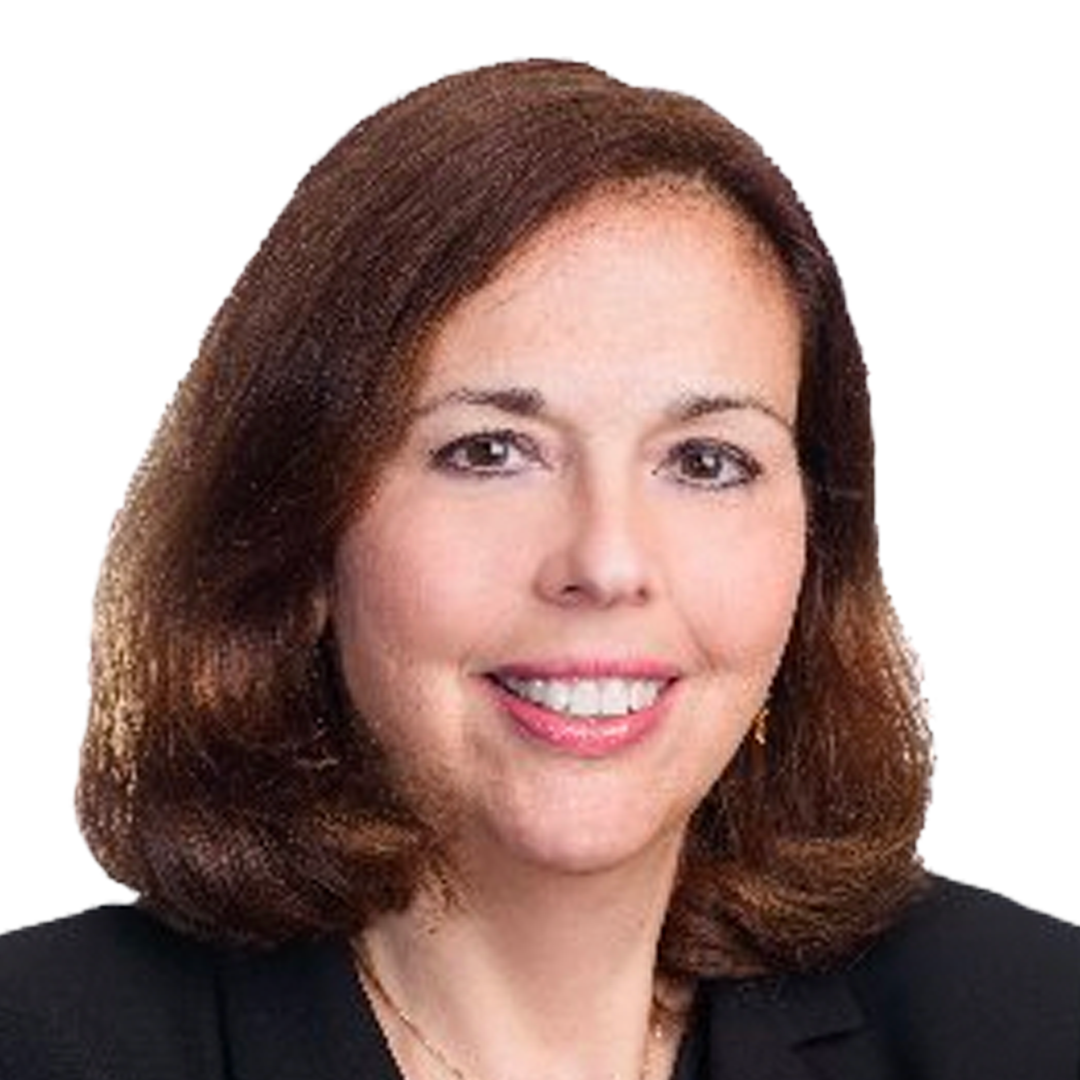
Andrea Russo
Director, Cardiac Electrophysiology and Arrythmia Service
Dr Russo is Director of Electrophysiology and Arrhythmia Services at Cooper University Hospital, Director of the CCEP Fellowship Program and Professor of Medicine at Cooper Medical School of Rowan University. She has served on numerous HRS committees and task forces and is a member of the Heart Rhythm Journal editorial board. In addition, she has served as co-chair or member on several guideline, consensus document or Appropriate Use Criteria writing groups.
Dr Russo received her medical degree from Upstate Medical Center in Syracuse, New York. She did her residency at the Medical College of Pennsylvania and her fellowship training at the Robert Wood Johnson Medical School at Cooper Hospital. Areas of special interest include sex differences in arrhythmias, implantable cardioverter defibrillators, totally subcutaneous devices, atrial fibrillation therapy, and the role of digital health on arrhythmia management.
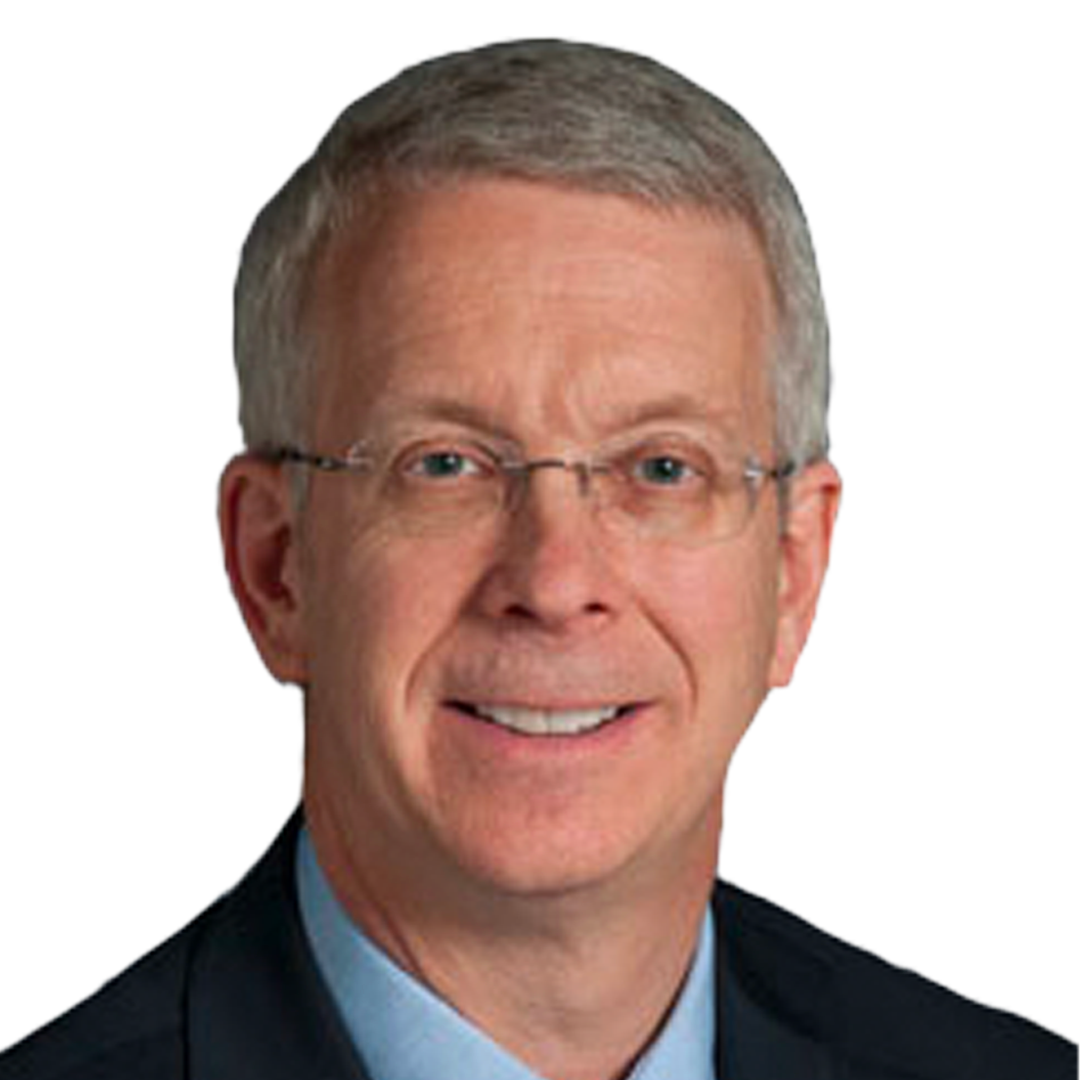
Hugh Calkins
Professor of Medicine and Director of Electrophysiology
Dr Hugh Calkins is Professor of Medicine and Director of Electrophysiology at the Johns Hopkins Medical Institution in Baltimore, US.
He has clinical and research interests in the treatment of cardiac arrhythmias with catheter ablation, the role of device therapy for treating ventricular arrhythmias, the evaluation and management of syncope and the study of arrhythmogenic right ventricular dysplasia. He has certifications from the American Board of Internal Medicine in Cardiovascular Disease (1989), Clinical Cardiac Electrophysiology (1992) and Internal Medicine (1986).
Dr Calkins has over 38 years of experience in the medical field. He is an Associate Editor of the Journal of Cardiovascular Electrophysiology and is on the editorial board of several prestigious publications including The Journal of the American College of Cardiology; HeartRhythm and Circulation: Arrhythmia and Electrophysiology. He is a former member of the American Board…
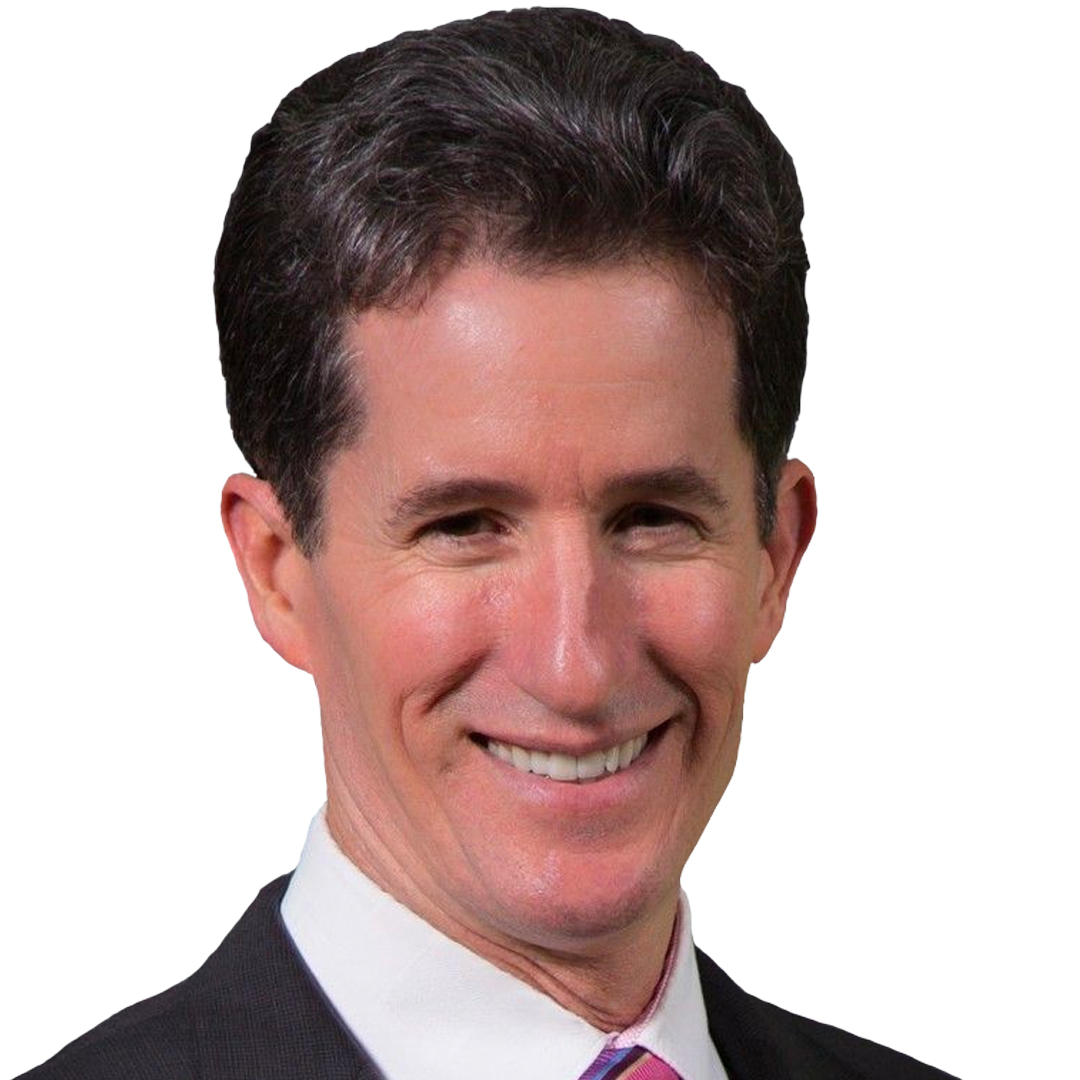
David DeLurgio
Director of Electrophysiology
An industry leader in complex Electrophysiology cases and research, Dr DeLurgio uses the most advanced technology to detect, diagnose and treat arrhythmias. While some patients can be treated through the use of medication or even pacemakers, Dr DeLurgio also offers treatment through a procedure called a cardiac ablation. During this safe, minimally invasive procedure, Dr DeLurgio uses high tech 3D images that provide an advanced map of the heart. He is also focused on the development of new cardiac ablation techniques and emerging therapies for the cure of atrial fibrillation.
Dr DeLurgio also focuses on stroke prevention in atrial fibrillation patients by using the innovative non-surgical LARIAT procedure. During the LARIAT, two catheters are guided into a patient’s heart to seal the left atrial appendage (LAA ) with a pre-tied suture loop, which is similar to a lasso. The LAA is the primary source of blood clots leading to stroke. DeLurgio is a leader in the state of…

Rukshen Weerasooriya
Clinical Professor of Medicine
Prof Rukshen Weerasooriya is a UWA graduate who completed cardiology training at Royal Perth Hospital.
Prof Weerasooriya commenced private atrial fibrillation ablation procedures in 2003 after returning from 2 years training overseas at the world’s leading centre for AF ablation – the Hopital Cardiologique du Haut Leveque in Bordeaux, France. AF ablation was pioneered and subsequently developed for mainstream application by the cardiac electrophysiologists in Bordeaux.
Prof Weerasooriya is a Clinical Professor of Medicine at UWA and has maintained close links with his alma mater and he maintains a position as visiting scientist at the LIRYC Institute of advanced cardiac arrhythmia mapping in Bordeaux. He has sub-speciality trained in all aspects of heart rhythm management, and in addition to performing catheter ablation…
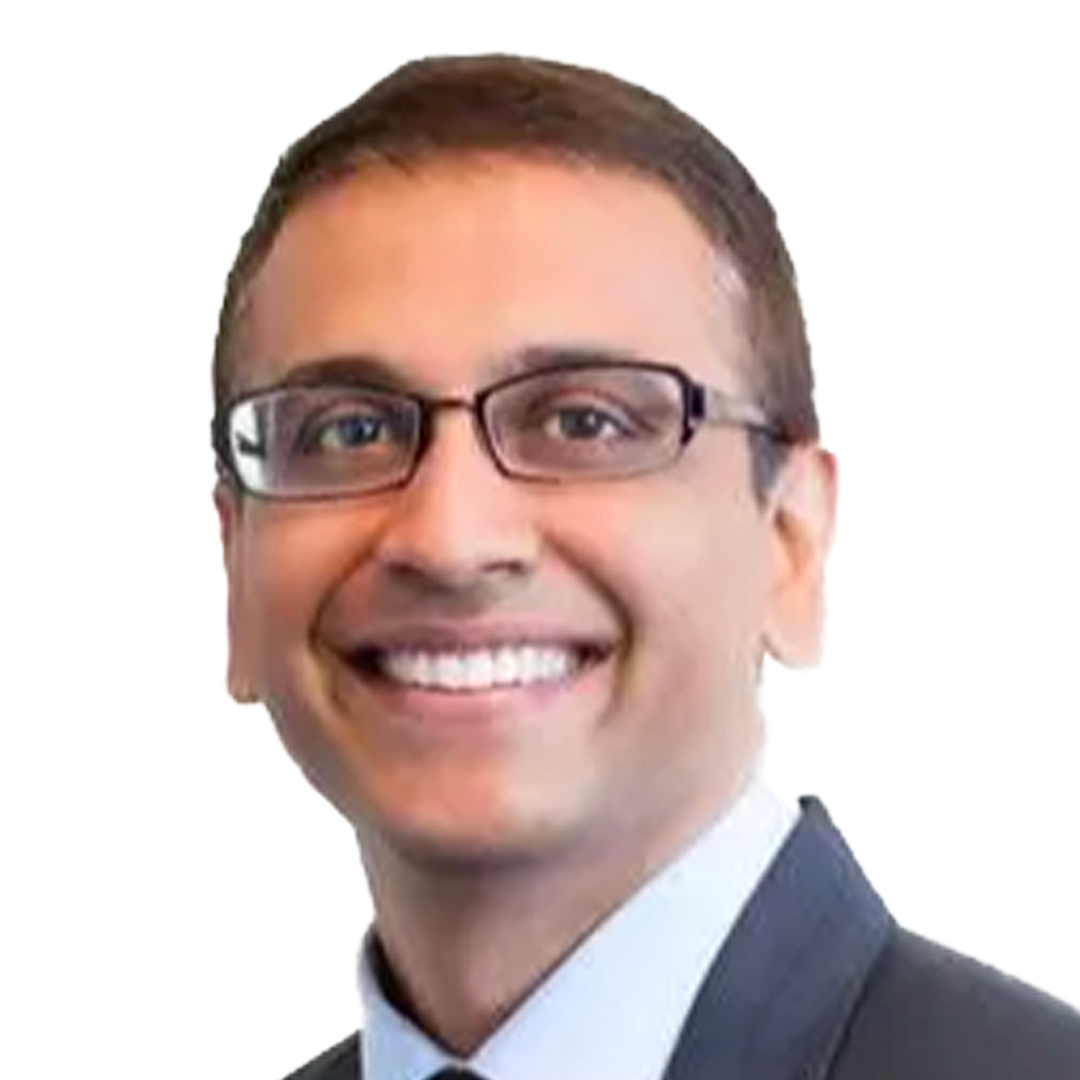
Pragnesh Joshi
Cardiothoracic Surgeon
Mr Pragnesh Joshi is a Specialist Cardiothoracic Surgeon. He specialises in all types of heart surgery with special interest in beating heart surgery and minimally invasive heart and lung surgeries.
Mr Joshi is a Fellow of Royal Australasian College of Surgeons. He has had vast experienced as a surgeon for Beating heart bypass surgery and he is also proficient in all types of heart and lung surgeries.
He is Supervisor of surgical education and training, Adjunct Associate Professor, University of Notre Dame, and Clinical Lecturer, University of Western Australia.

Emily Kotschet
Cardiologist and Electrophysiologist
Dr Emily Kotschet is a Cardiologist and Electrophysiologist with a particular interest in inherited cardiac arrhythmias, including cardiac genetics and atrial fibrillation (AF). She works at Holmesglen Private Hospital, Cabrini Hospital in Malvern, Mulgrave Private Hospital and St John of God, Berwick, where she implants devices and performs ablation for arrhythmias. She also provides cardiac services in rural Victoria visiting Alexandra and Morwell.
Dr Kotschet completed her cardiology training at the Alfred and Monash Heart, then completed a three year fellowship in Electrophysiology with 2 years in Canada. She returned to Monash Heart, and established the AF ablation program, including Australia’s first nurse led AF clinic, as well as the…
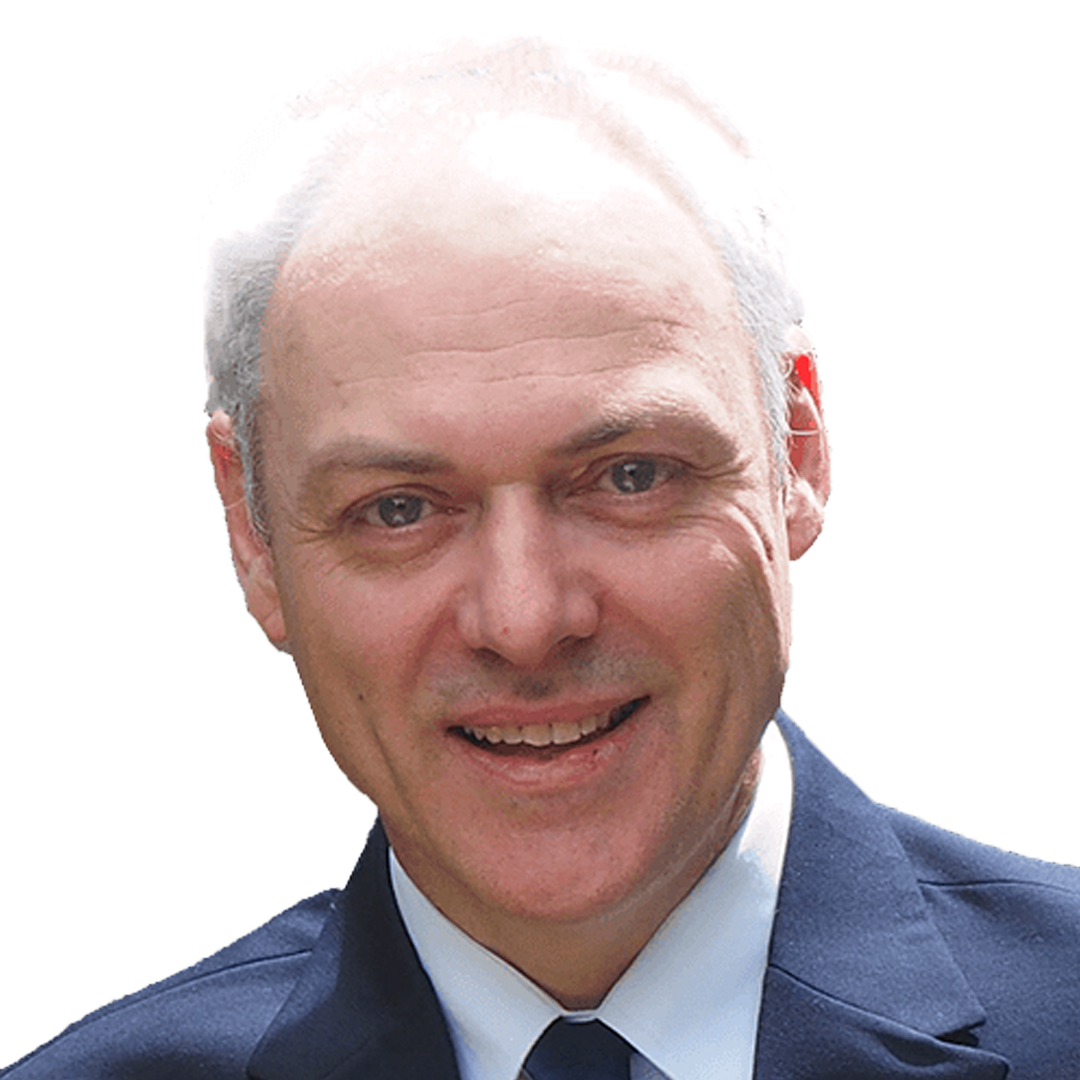
Adrian Pick
Cardiothoracic Surgeon
Mr Adrian Pick graduated in 1993, from the Melbourne University Medical School then completed overseas fellowships at the MAYO clinic and the Toronto General Hospital. His interests include minimal access surgery for thoracic and cardiac surgery with emphasis on mitral valve repair and limited access aortic valve replacement. He is also committed to maximizing surgical treatment for both concomitant (often in conjunction with mitral or aortic valve procedures) and lone atrial fibrillation.
More recently he has embraced the transition to Hybrid surgery. He favours the Totally thoracoscopic maze for patients with persistent Atrial fibrillation who have symptoms, have failed catheter ablation or are intolerant to antiarrhythmic drugs or anticoagulants.
…






